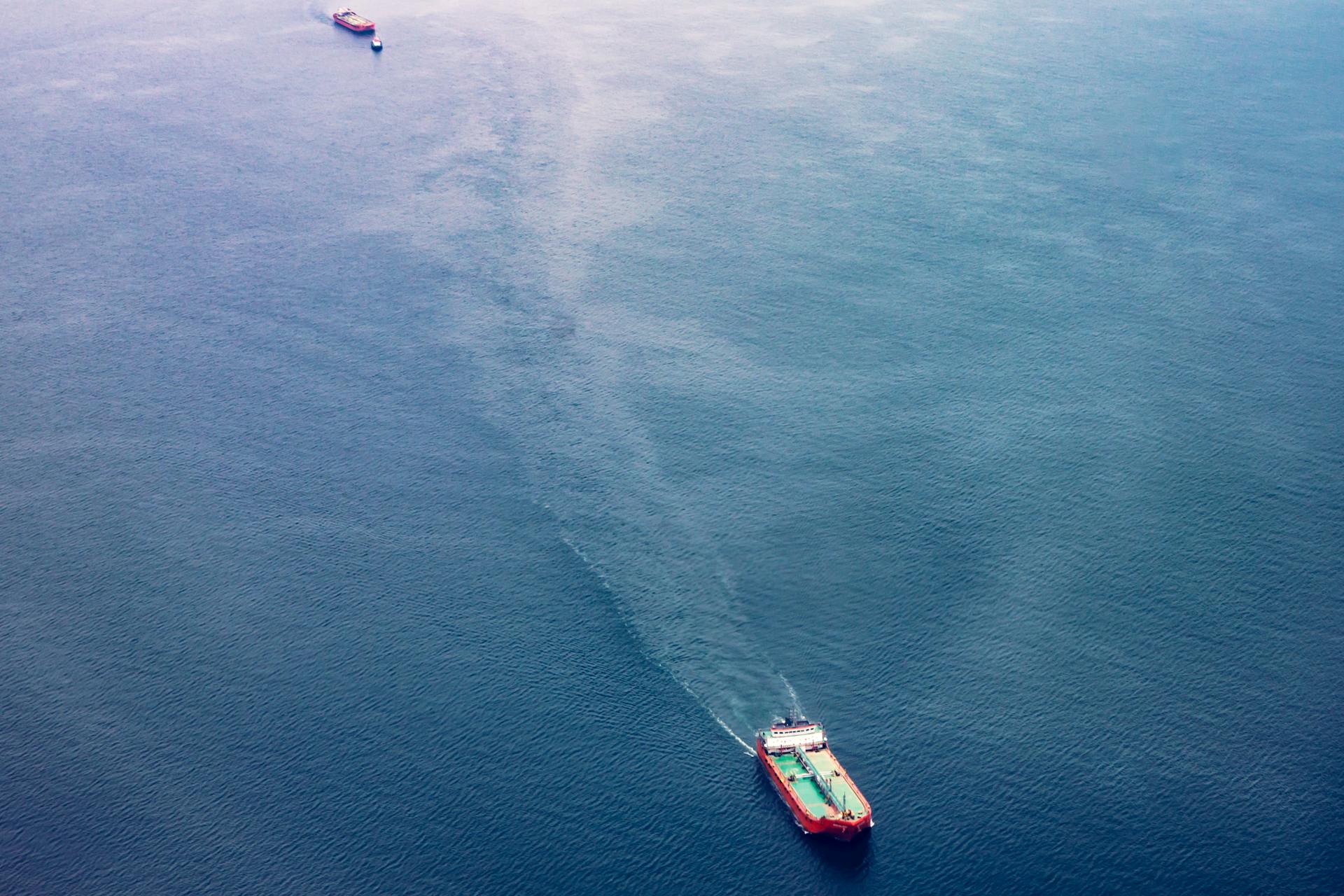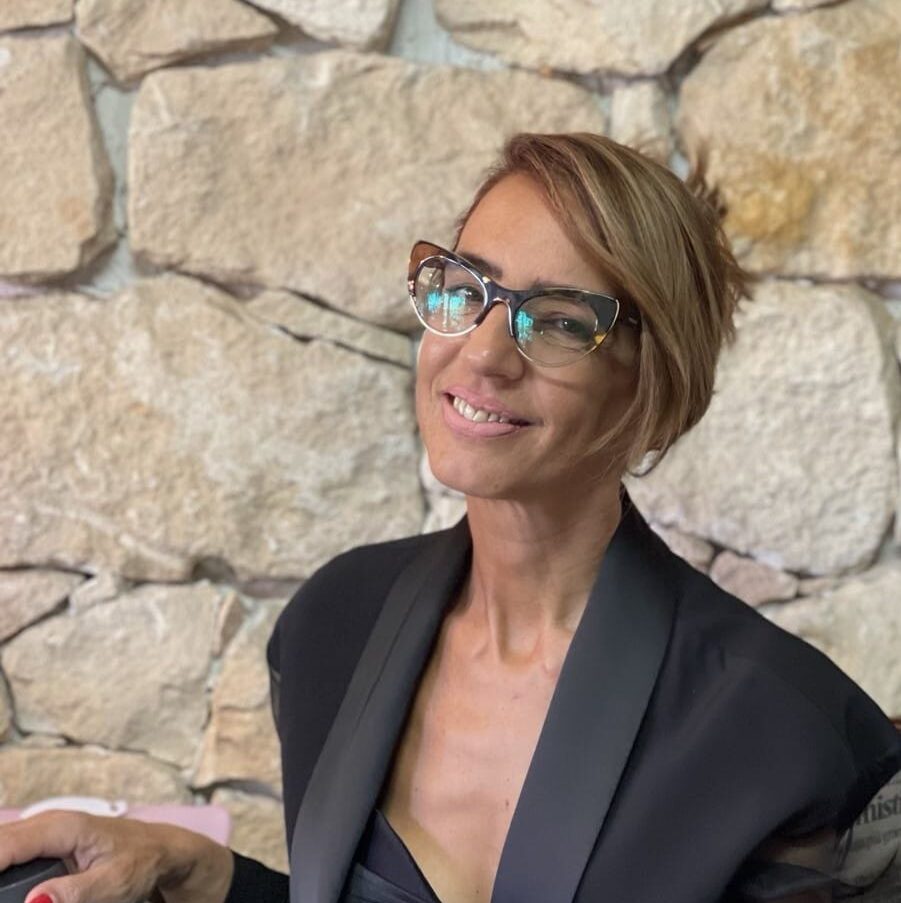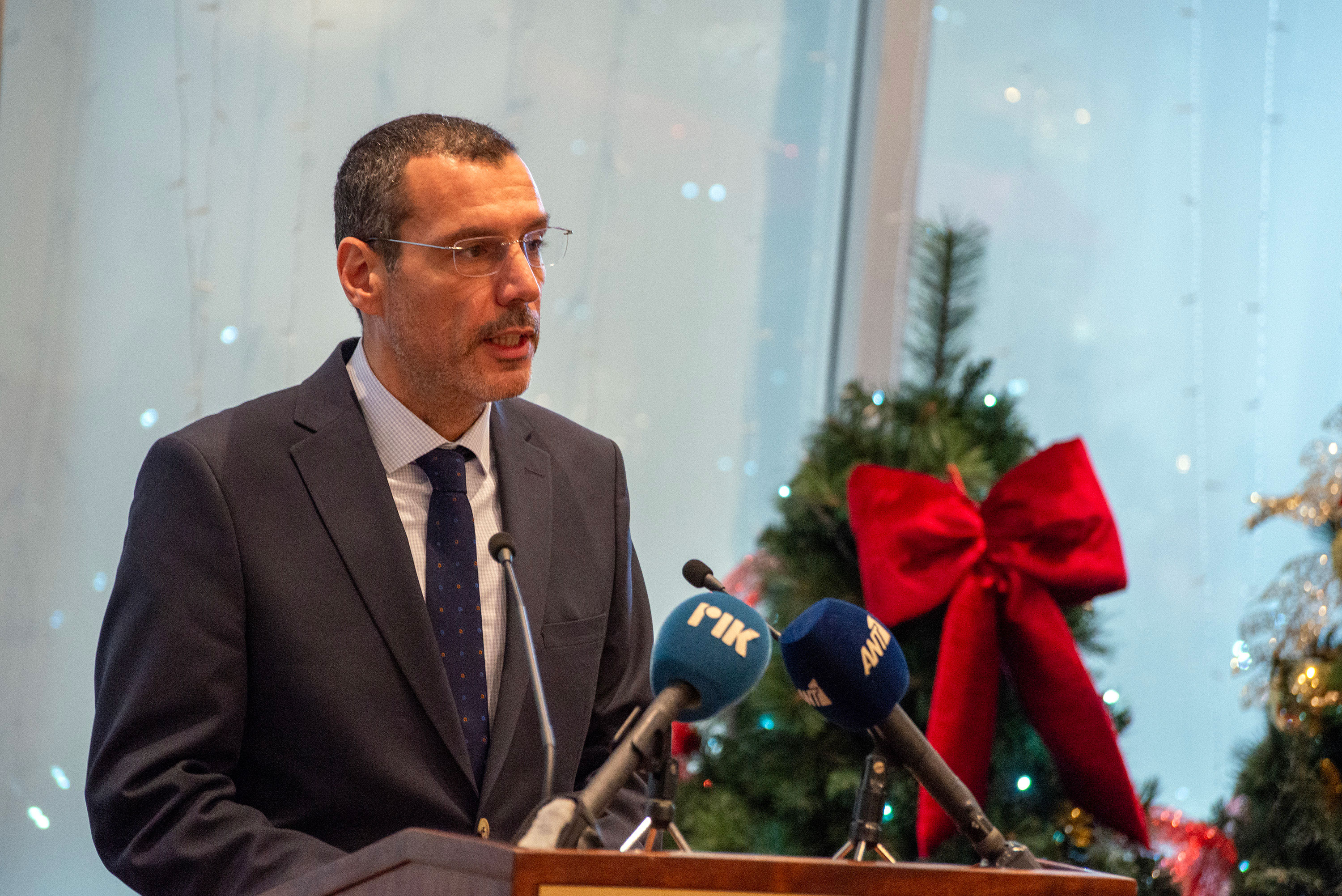Cyprus took centre stage in a groundbreaking effort to decarbonise the shipping industry, as the island plays a key role in supporting a first-of-its-kind onboard carbon capture project.
The initiative is co-funded by the Eurostars partnership on Innovative SMEs, part of Horizon Europe, through the Cyprus Research and Innovation Foundation (RIF).
This funding supports collaborative R&D projects driving innovation across industries, including maritime transport. The consortium of funding recipients also includes the Cyprus Marine and Maritime Institute (CMMI), a centre of excellence in maritime research with a focus on advancing new decarbonisation technologies.
UK-based Seabound launched its first onboard carbon capture project in partnership with Hartmann Group, Heidelberg Materials Northern Europe, and InterMaritime Group.
The initiative equips the UBC Cork, a 5,700 gross tonne cement carrier owned by Hartmann and managed by InterMaritime, with Seabound’s compact carbon capture system.
The captured carbon, stored onboard as limestone, will be offloaded at the Port of Brevik, Norway, for use at Heidelberg Materials’ Brevik cement plant.
Recently inaugurated, this world-first industrial-scale carbon capture facility in the cement industry will produce net-zero concrete.
Marine shipping contributes nearly 3 per cent of global CO₂ emissions, making it one of the hardest sectors to decarbonise.
In April, the International Maritime Organisation (IMO) introduced a global carbon price of up to $380 per tonne of CO2, increasing pressure on shipowners to adopt greener solutions.
With few scalable alternatives to heavy fuel oil and existing efficiency measures proving insufficient, viable innovations are in high demand.
Seabound’s containerised system, based on calcium looping technology, captures up to 95 per cent of CO2 and 98 per cent of sulphur emissions from ship exhaust.
The system uses calcium hydroxide, or slaked lime, to absorb CO2 and convert it into limestone, which is stored onboard until the vessel returns to port. Its modular design allows for easy installation with minimal vessel modification and suits all ship types.
“This collaboration will play a key role in advancing carbon capture technology and accelerating its adoption in the shipping industry,” said Dieter Rohdenburg, CEO of Intership Navigation Co. Ltd., a member of InterMaritime.
He said this marks a critical step toward realising a low-emission future for maritime transport.
Alisha Fredriksson, CEO and Co-founder of Seabound, said the company was proud to partner with industry leaders like Heidelberg Materials and Hartmann to deliver scalable carbon capture solutions.
“We’re especially excited to be advancing this work in Brevik, a strategic location that’s rapidly establishing itself as a global hub for CCS with Heidelberg’s world-first facility and the Northern Lights pick-up point,” she said.
“Together, we’re demonstrating how onboard carbon capture can accelerate emissions reductions in carbon-intensive sectors.”
At Brevik, the carbon captured on the UBC Cork will be used to produce carbon captured cement for net-zero concrete. The facility, which captures 400,000 tonnes of CO2 annually, is supported by Northern Lights, the world’s first cross-border CO2 storage hub beneath the North Sea.
“Shipping cement is emissions-intensive, and Seabound’s system gives us a clear path to reduce those Scope 3 emissions while enhancing our circular use of captured CO2,” said Lars Erik Marcussen, Project Manager, Logistics at Heidelberg Materials Northern Europe.
He pointed out that the project brings the company closer to decarbonising the logistics and transport side of its operations.
Hartmann Group is positioning itself as an early adopter of the technology, gaining operational expertise and preparing its fleet to meet regulatory demands.
“Hartmann is committed to embracing and investing in environmentally friendly technologies that reduce our maritime carbon footprint and promote sustainability,” said Captain Jayant Singh, Director, Pool Manager Operations at Hartmann Group.
He added that integrating eco-conscious solutions would bring long-term value to the maritime industry and stakeholders.
Seabound previously completed an onboard carbon capture pilot with Lomar Shipping and Hapag Lloyd, achieving about 80 per cent capture efficiency on a 3,200 TEU container vessel.
It also showcased its technology for port-based emissions capture in collaboration with STAX Engineering at the Port of Long Beach, California.
The company is now producing its first full-scale systems for Hartmann’s fleet to support Heidelberg Materials’ cement transport operations from Brevik.
Looking ahead, Seabound aims to capture 100 million tonnes of CO2 annually by 2040, representing 10 per cent of global shipping emissions. The company continues to engage shipowners, cargo companies and industrial players to expand adoption and maximise impact.







Click here to change your cookie preferences